
By: Andy C
Added: 06 November 2023
We've all been taught the importance of stretching before exercise to prevent injuries and improve flexibility. However, the idea that static stretching is the ideal warm-up routine before physical activity has come into question in recent years.
Understanding Static Stretching
Static stretching involves holding a muscle in a stretched position for a prolonged period, typically 15 to 60 seconds. This form of stretching is commonly used to increase flexibility and relieve muscle tension. While it may have its benefits in certain contexts, static stretching before exercise is not always ideal, especially for activities that require explosive power and strength.
The Performance Impact
Reduced Muscle Strength
One of the primary reasons why static stretching before exercise can hinder performance is its potential to reduce muscle strength. Several studies have demonstrated that holding a stretch for an extended period can lead to a decrease in muscle force production. A 2014 study [1] published in the Journal of Strength and Conditioning Research found that soccer players who performed static stretching exercises before sprint and jump tests exhibited a decrease in performance compared to those who did not stretch. This reduction in muscle strength can limit one's ability to generate maximal power during activities such as sprinting and jumping.
Decreased Muscle Power
In addition to reduced muscle strength, static stretching can also have a negative impact on muscle power, which is crucial for explosive activities like sprinting and jumping. A study [2] published in the Journal of Sports Physical Therapy in 2012 concluded that static stretching can significantly reduce muscle power output. Athletes who engage in sports where rapid bursts of energy are required may find that static stretching negatively affects their ability to perform at their peak.
Delayed Reaction Time
Another significant consequence of static stretching is the potential for a delay in reaction time. For athletes participating in sports that require quick reflexes and agility, like basketball or soccer, a slower reaction time can be a significant detriment. A 2014 study [3] published in the Journal of Sports Science and Medicine concluded that Static Stretching has a negative effect on balance, agility and movement time compared to DS. In case the content of the training unit or game comprises balance activities and rapid change of running direction.
The Stretching Alternatives
While static stretching may not be ideal before exercise, dynamic stretching, or other warm-up routines, can be more beneficial. Dynamic stretching involves actively moving the muscles through their range of motion, mimicking the movements you'll perform during your workout. This type of stretching helps increase blood flow, raise body temperature, and activate the muscles without the negative performance effects associated with static stretching.
It is possible that static stretching before exercise can lead to decreased muscle strength, reduced muscle power, and delayed reaction time. For athletes and fitness enthusiasts looking to optimise their performance, it is essential to consider the negative consequences of static stretching as a warm-up routine.
Instead, dynamic stretching and other warm-up activities that mimic the specific movements of your workout are more effective and can help prepare the body for the demands of exercise. It's essential to choose a warm-up routine that aligns with the type of activity you plan to engage in and to keep up to date with the latest research to make informed decisions about your pre-workout routines.
2. https://www.ncbi.nlm.nih.gov/pmc/articles/PMC3273886/
3. https://www.jssm.org/volume13/iss2/cap/jssm-13-403.pdf
Image by standret on Freepik
More Personal Training News

The power of consistency to build a fitness routine that sticks
We all know how tough it is to stick to a fitness plan. Life gets busy, motivation fluctuates, and sometimes exercise slips down our priority list..

Can eating your way to healthy aging make a BIG DIFFERENCE
When it comes to healthy aging, many people often focus solely on exercise. While staying active is crucial, recent research highlights just how powerful our diet is in determining our health as we age..

Is Fluoride in the water a helpful fix or just covering the cracks
There’s talk again about adding fluoride to drinking water (this time in Plymouth) as a way to tackle rising levels of tooth decay, especially in children..

Simple Mobility Exercises to Relieve Stiff Joints
If you're spending all day at a desk, you've probably had to put up with creaking joints, cramped muscles, and occasional aches. The bright side?.
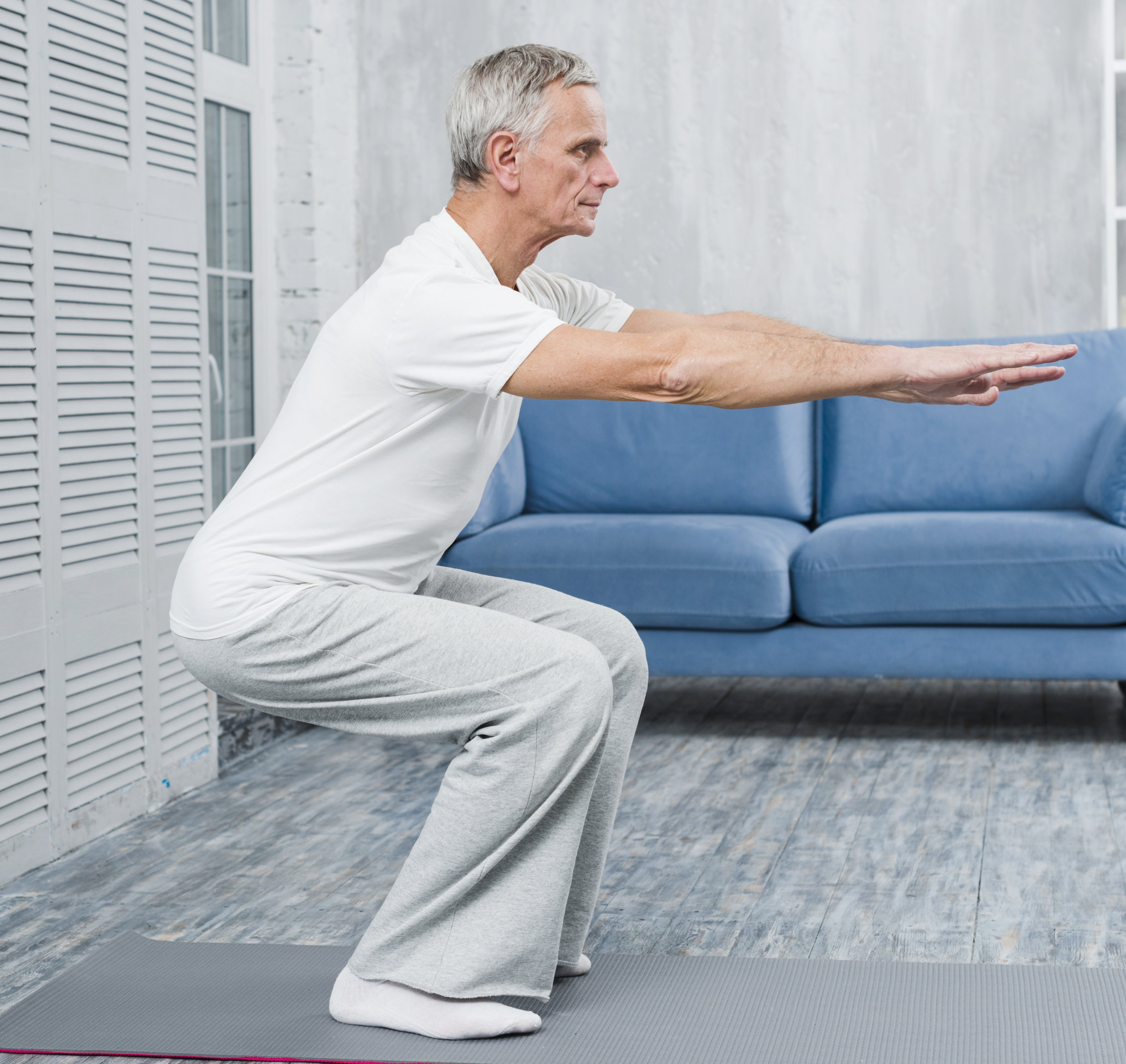
How Strength Training helps to Relieve Pain in Knees
Knee pain is infuriating. It can creep up on you over a period of time or hit you after many years of keeping active..

How to manage stress while maintaining good health
Life in a high-pressure job can be demanding, and stress often feels like an unavoidable companion..

Is GLP1 a New Tool in the Fight Against Obesity
The UK government recently announced [1] a major trial investigating weight-loss drugs like GLP-1 agonists (e.g., tirzepatide) as part of the ongoing strategy to tackle rising obesity..

Why New Year's Resolutions often fail and how to Succeed
Did you know that a huge number of people (nearly 80%) give up on their New Year's resolutions by February?.

Gut Health The Game Changer for 2025
Gut health is fast becoming the wellness buzzword, and for good reason..

Understanding and Implementing Contrast Strength Training
Strength training has evolved into a science, and one method standing out in both athletic performance and general fitness is contrast strength training..

Turmeric: The Golden Spice of Health and Fitness
Turmeric, a vibrant yellow spice native to Southeast Asia, has gained global recognition not only for its culinary appeal but also for its impressive health and fitness benefits..

Sitting too much is harming your heart
Modern lifestyles have made prolonged sitting a daily norm, from long office hours to unwinding on the couch..

Why High Calorie Restriction Diets Don't Really Work
When people want to lose weight fast, the first instinct is often to drastically cut calories, believing that eating less will lead to quick fat loss..

Strength Training Builds a Foundation for Lifelong Health
As we age, maintaining our physical health becomes increasingly important, yet many people still believe that getting stronger is something reserved for younger years..
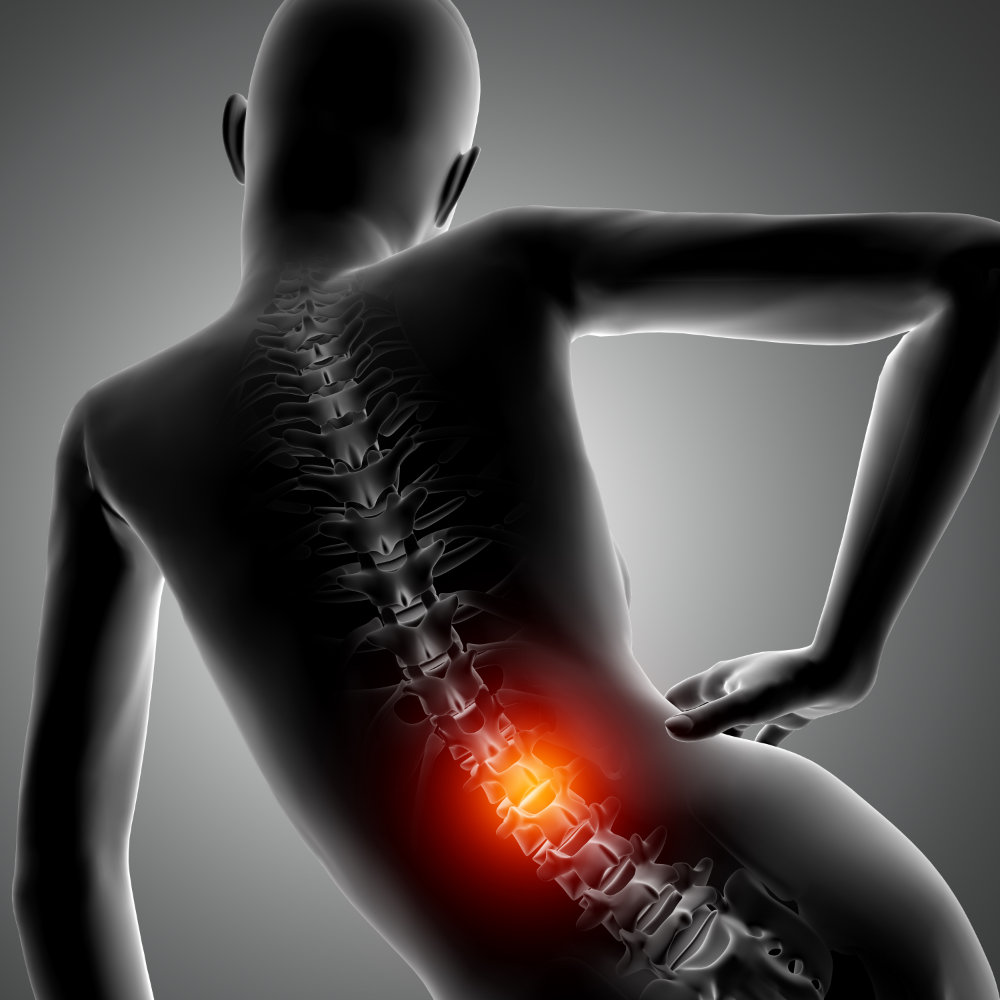
Top 10 benefits of Resistance Training has for treating the symptoms of lower back pain
Resistance training offers lots of benefits for treating the symptoms of lower back pain, making it an essential part of a pain reductions programme..

The Power of Protein: Why your body needs it
What exactly makes protein so essential, and how can you ensure you're getting the healthiest sources?.
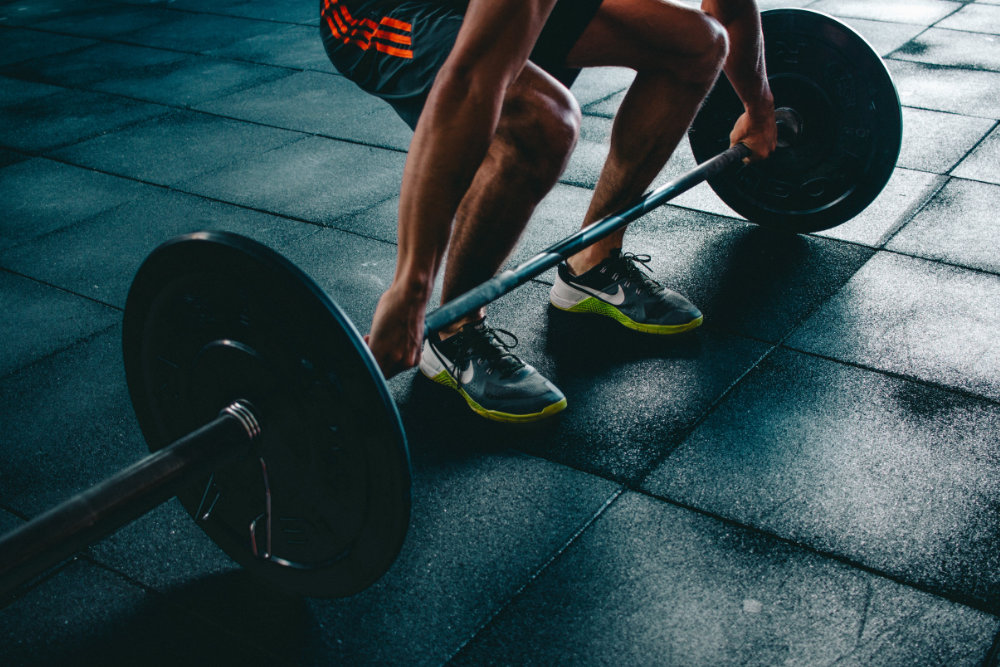
Is a periodised training programme only beneficial for athletes
When it comes to achieving optimal fitness and performance, the concept of periodised training has long been a cornerstone in the world of athletics..

Can Exercise Reverse Type 2 Diabetes
Different forms of exercise, from aerobic activities to resistance training and HIIT, offer unique benefits in improving insulin sensitivity and overall health..

Is Exercise a Natural Antidote to Depression
Incorporating physical activity into your routine can contribute to a brighter, more resilient mental state..
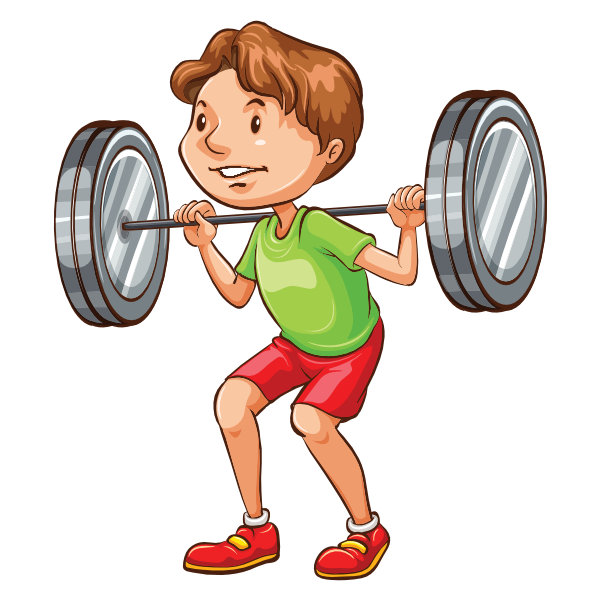
The Benefits of Resistance Training for Children
Resistance and weight training have long been associated with building muscle and improving strength in adults. However, there is a growing body of evidence suggesting that these forms of exercise can also be highly beneficial for children and adolescents..

Is Strength Training good for managing the Menopause
Menopause is a significant phase in a woman's life, marked by hormonal changes that can bring various physical and emotional challenges..
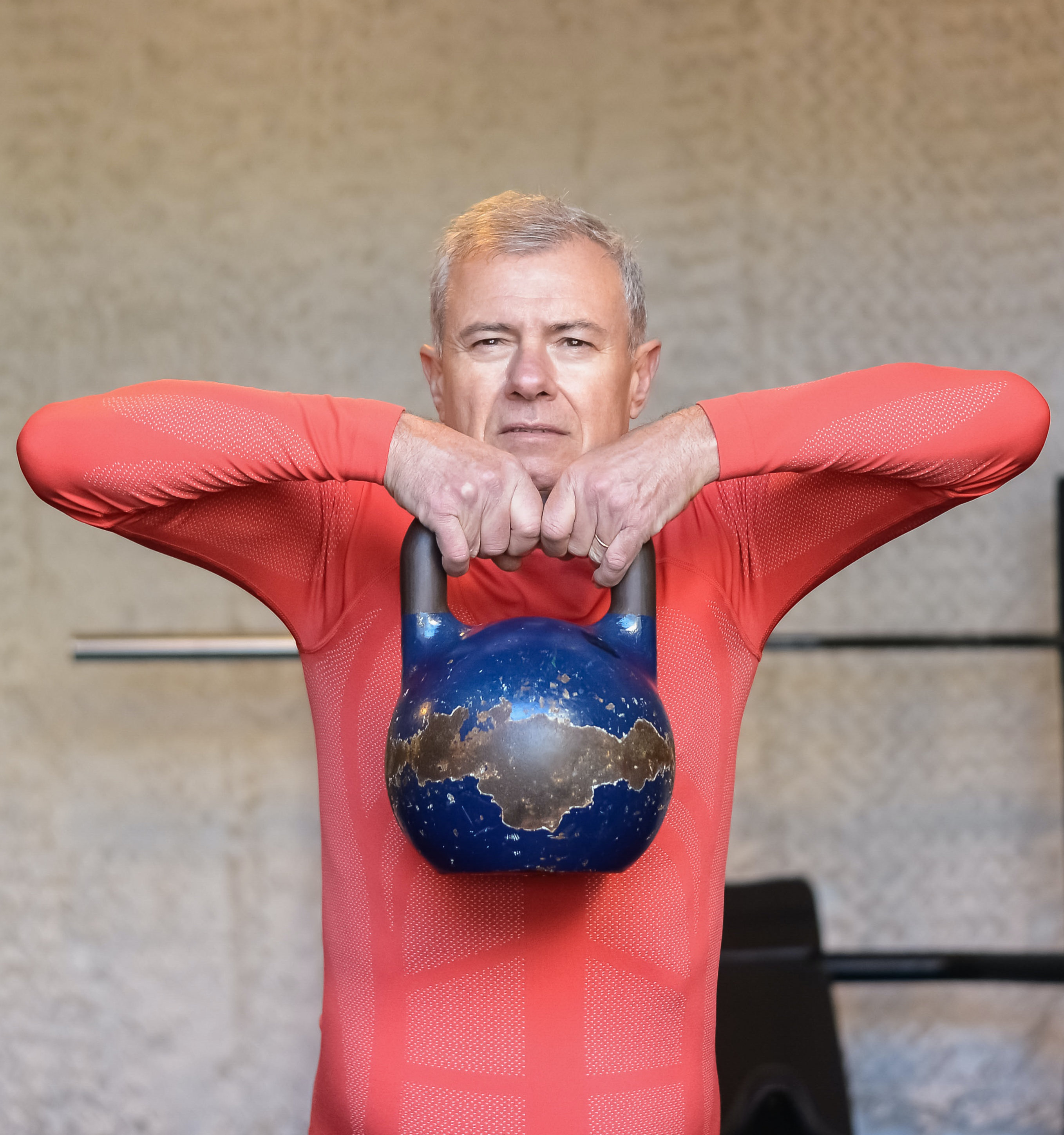
Is the Kettlebell the Ultimate Workout Tool
In the realm of fitness, the search for the ultimate workout tool is endless. When it comes to efficiency, versatility, and effectiveness, I think it could be the kettlebell..

Use it or lose it as the old saying goes
As the years go by, it is commonly believed that our bodies inevitably lose muscle mass, bone density decreases, and overall strength declines. However, scientific evidence suggests otherwise..

Don't be a cave man....be active this autumn
The nights getting darker and temperature dropping signal a time for cozy evenings and warm comfort foods. With this change in season also comes a tendency to slow down, exercise less, and indulge in calorie-rich treats..

Hypertension and High Intensity Interval Training
If you’re currently suffering from hypertension or pre-hypertension then perhaps carrying out some form of High Intensity Interval Training (HIIT) might be able to help reduce it..